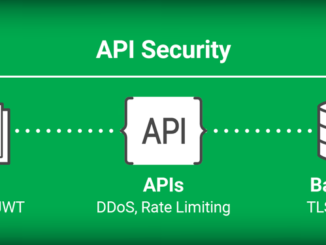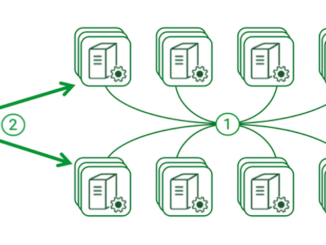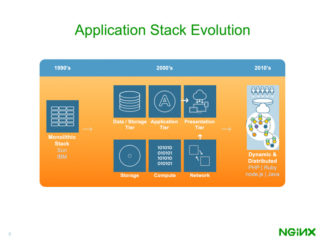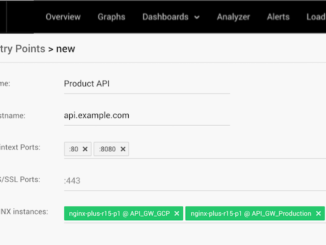
Securing Your API Ecosystem with the NGINX Controller API Management Module
Securing Your API Ecosystem with the NGINX Controller API Management Module “Sensitive data exposure” by APIs is #3 on the OWASP Top 10 Application Security Risks list, and there’s no shortage of real‑world examples. In July 2018, Salesforce revealed that an update to its Marketing Cloud service introduced an API bug that might have caused API calls to retrieve or write data from one customer’s account to another’s. At Venmo, a popular payment application owned by PayPal, a poorly secured public API allowed a massive data leak, exposing more than 207 million transactions. According to Gartner, by 2022 API abuses will be the leading attack vector for data breaches within enterprise Web applications. Security is a key element of API lifecycle management. Given that weak API security can leave you exposed to critical vulnerabilities, API security must be built into the [ more… ]




